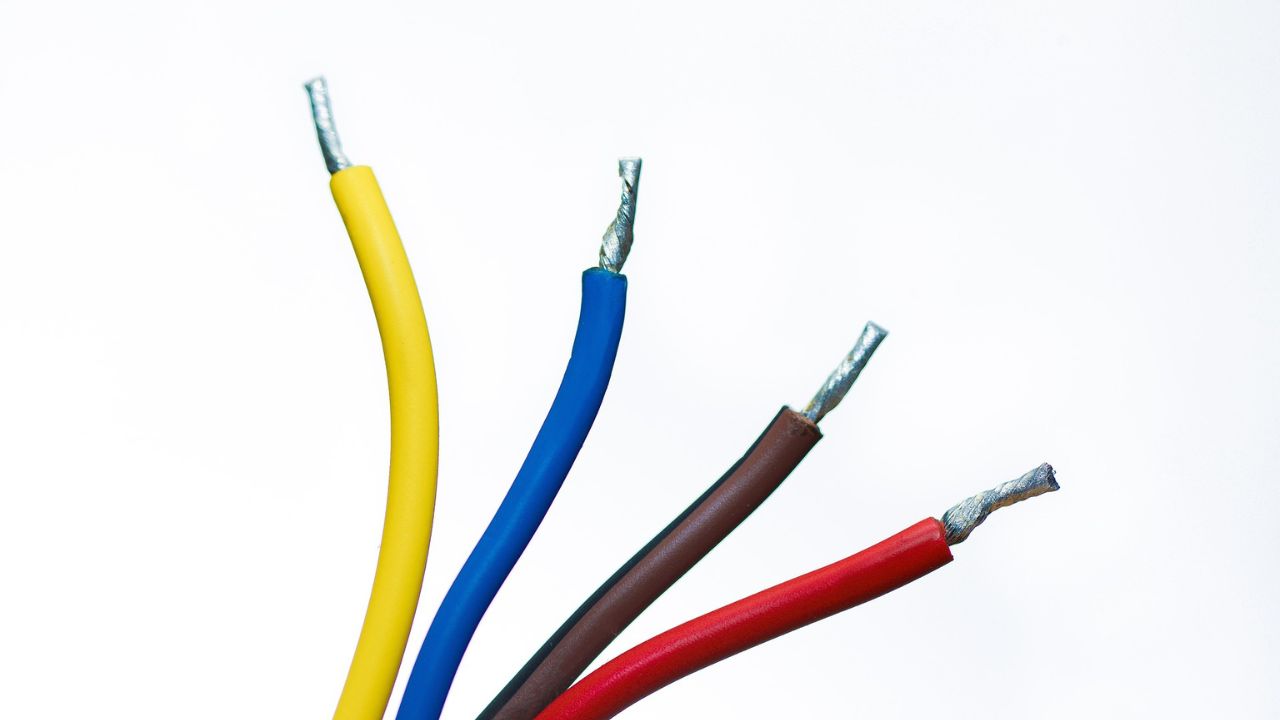What makes a material a good insulator? That’s much easier to answer when you understand the properties of those materials.
Dielectric materials are what make up many elements of your homes and offices. You interact with many forms of dielectrics every day. From your kitchenware to screening for infections in hospitals.
But what are dielectrics? That’s what we want to answer today. Read on to learn more about the science behind dielectric materials and how they work.
Let’s get started!
Oil-Based Dielectrics
Oil-based dielectrics work by providing a barrier between two conductors. This barrier prevents the flow of electricity between the two conductors. It also helps to insulate them.
These are from a variety of materials. This includes vegetable oils, petroleum products, and synthetic polymers.
Polymer-Based Dielectrics
Polymer-based dielectrics are materials composed of molecules. These materials have an insulating region and a conducting region.
Evaporation materials can also help with your concerns for high purity, clean and uniform coatings for your insulation and conduction material needs.
When a voltage is applied to these materials, the molecules align themselves. This is for the insulating region to be in contact with the voltage source. This creates a barrier that prevents electrical current from flowing through the material.
Inorganic Dielectrics
Inorganic dielectrics are materials that do not conduct electricity. They are being used in electronic devices to insulate and protect components.
Dielectrics can be solid, liquid, or gaseous. Solid dielectrics are the most common in the following:
- Capacitors
- Electrical insulation
- Circuit board manufacturing
Liquid dielectrics, on the other hand, are used in electrical transformers and some types of capacitors. Gas dielectrics are used in high-voltage applications, such as power lines and electrical substations.
Hybrid Dielectrics
A hybrid dielectric is a material consisting of two or more dielectric materials. They are from combined inorganic dielectric with an organic polymer, or by combining two different inorganic dielectrics.
Hybrid dielectrics can offer improved performance over traditional dielectrics in certain applications.
For example, they can have a higher dielectric constant. This means they can store more electrical energy. They can also have a lower dielectric loss, which means they dissipate less energy as heat.
Hybrid dielectrics are used in a variety of applications. This includes electrical insulation, capacitors, and LED packaging.
Nanomaterials Dielectric
A dielectric protects electronic components from high voltages. Nanomaterials are materials that are very small. These are less than 100 nanometers in size.
They have unique properties that make them ideal for use in dielectrics. Nanomaterials dielectrics are much more effective at protecting electronic components than traditional dielectrics. They are also much thinner and lighter.
Explore Dielectric Materials Today
Dielectric materials, known for their electrical insulation properties, have a wide range of other uses. Dielectrics are used in capacitors, electric motors, and wireless communications, among other things.
The science behind these materials is fascinating. Also, researchers are continually finding new ways to utilize them. There are resources online if you’re interested in learning more about dielectrics.
Did you find this article helpful? Check out the rest of our blogs!
